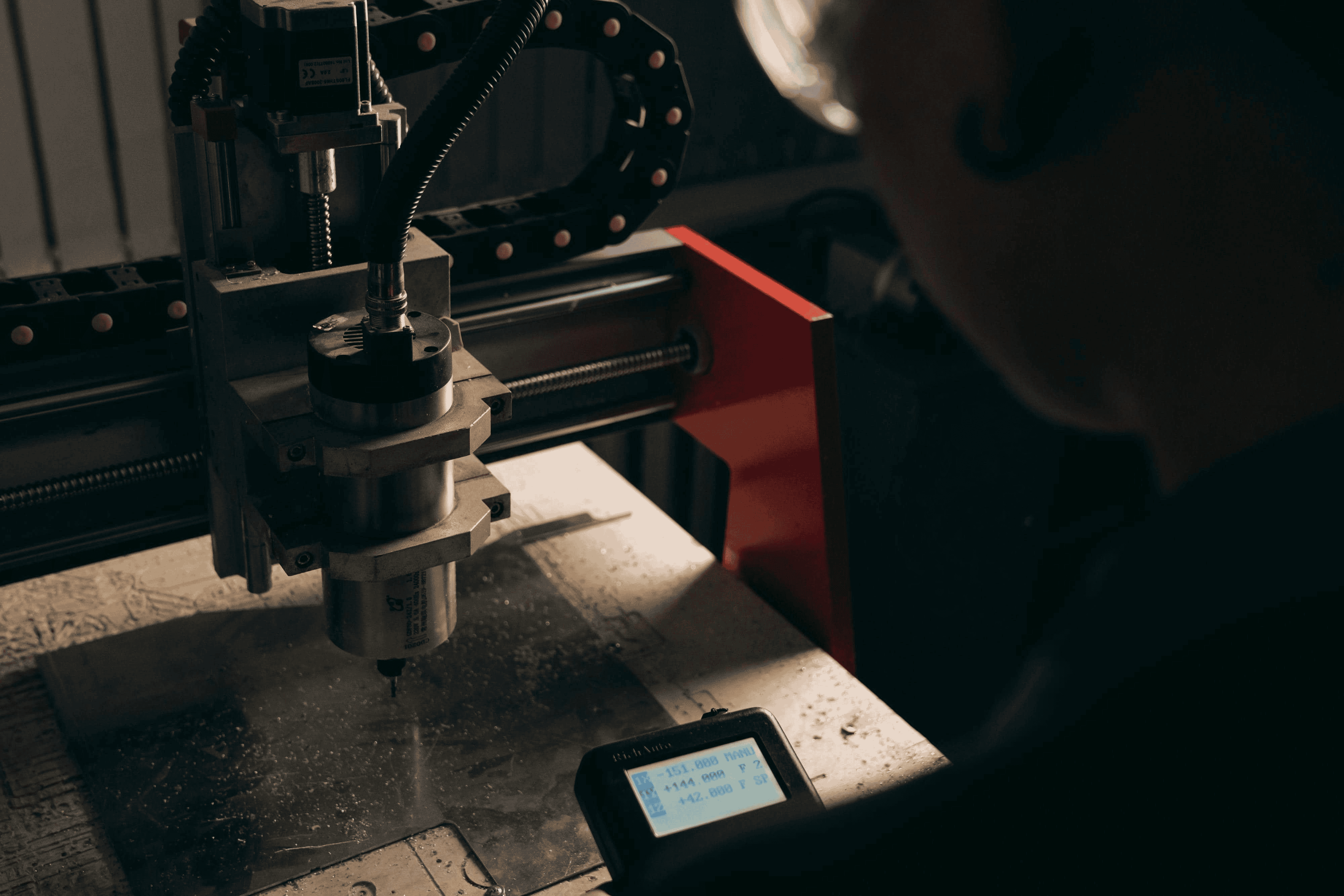Custom Fabrication

Metal trash receptacles are chosen for streetscapes, campuses, transit stops, parks, and venues because they balance durability, serviceability, and visual harmony with site furniture. The right unit keeps litter contained, resists vandalism, and allows quick bag changes without slowing a maintenance route. Capacity, opening style, and liner approach determine how well a trash receptacle performs day to day. Materials and finishes decide how it weathers sun, rain, ice, salt, and cleaning chemicals.
A typical trash can receptacle includes an exterior shell, a lid or top plate with an opening, a removable liner, and a mounting method. Shell geometry influences strength and cleaning. Lids control what enters and how easy it is to use, and they also shed water. Liners protect the shell from waste and make changeouts faster. Mounting locks the system in place and deters theft or tipping.
Choosing the base metal starts with environment. Each option trades weight, corrosion resistance, and cost.
Wall thickness matters. Heavier gauge shells resist dents and prying. Continuous seam welding, internal stiffeners, and hemmed edges reduce sharp interfaces and boost rigidity. Tamper resistant hardware and concealed hinges protect access doors and top caps.
Coatings extend service life. Polyester powder coat is common for UV resistance and color stability. Super durable formulations hold up longer in sun soaked plazas. For steel in aggressive settings, a duplex system—galvanizing plus powder—offers strong corrosion defense. Stainless benefits from a finishing passivation bath to clean and stabilize the surface.
Freestanding units allow flexible placement but rely on mass or ballast. Surface mount plates anchor to concrete with wedge or epoxy anchors. Inset base sleeves hide hardware and create a clean foot. For parks with turf, earth anchors or concrete pads prevent migration. Add tether points for lids and liners to stop parts from walking away. Where wildlife is a concern, latch systems and protected openings are essential.
Specify liner style to match your crew. Rigid liners in polyethylene or galvanized steel protect the shell and help maintain shape; bag only approaches save weight but can snag. Smooth internal surfaces, open bottoms for washout, and drain holes make cleaning easier. Choose textures and colors that hide scuffs in busy corridors and provide easy graffiti removal.
Opening geometry affects both user behavior and contamination rates. Side openings reduce water entry and discourage bulk dumping. Top openings are intuitive and quick near food courts. Swing doors, restricted slots, and separate lids limit oversized items but can slow use. For waste stream separation, consistent color cues and iconography matter as much as the aperture.
Capacity should match foot traffic and service frequency. Common volumes run from 24 to 36 gallons, with 45 to 55 gallons at stadiums and trailheads. Oversizing can lead to heavy, awkward bags; undersizing forces extra trips. Pair the volume with ergonomic door heights and liner grips.
Coordination with other site furnishings creates a sense of place. Perforated patterns, vertical slats, or laser cut motifs carry branding and wayfinding into the receptacle. Rounded edges and smooth radii meet safety expectations. ADA friendly access means clear reach to openings and unobstructed approach paths.
When comparing trash receptacle manufacturers, examine weld quality, coating systems, hardware choices, and documented test methods. Salt spray data, UV exposure testing, and impact evaluations indicate long term performance. Ask about replacement parts availability and color matching for future expansions.
For owners in Fayetteville Arkansas and across the region, climate swings from humid summers to icy winters stress finishes and joints. Prioritize corrosion resistant substrates, high quality powder, and drain paths that do not trap moisture. If crews pressure wash, confirm that coatings and graphics will tolerate detergents and rinse cycles.
Integrating your project vision is easier when fabrication is part of the design conversation. If you need a custom footprint to tuck between planters, a lockable service door that faces the alley, or a cutout pattern that echoes campus signage, collaboration early in the spec will save change orders later. Explore options with OZK custom fabrication to translate your site requirements into durable, service ready steel or aluminum units.
For complex streetscapes and municipal rollouts, build a pilot. Place two or three variants in different microclimates and monitor fill rates, contamination, and service time. Field feedback will sharpen the final specification, from opening size to hinge orientation.
If you need help moving from a sketch to a build ready file, our team can assist with CAD, prototyping, and production. Review our fabrication services to see how we handle cutting, forming, welding, and finish work under one roof. Want to understand how we work and why clients trust us with public space infrastructure in Fayetteville Arkansas and beyond? Learn more at why choose OZK Customs.
As you finalize your trash receptacle specification, align on performance outcomes: fewer overflows, faster service, and a cohesive look. With the right material, finish, and mounting, a metal trash receptacle becomes part of the landscape, quietly doing its job for years. When you are ready to turn a clear spec into a reliable build, our Fayetteville shop is set up to deliver custom units that fit your site, your brand, and your maintenance plan.
Ready to spec a receptacle that stands up to real use and local weather? Our team in Fayetteville designs and fabricates metal units to your dimensions, opening style, and finish, complete with liners and mounting hardware. Tell us where it will live and how it will be used, and we will engineer the right solution. Start your project today.
ADDRESS:
6159 E Huntsville Rd, Fayetteville, AR 72701
PHONE:
(479) 326-9200
EMAIL:
info@ozkvans.com